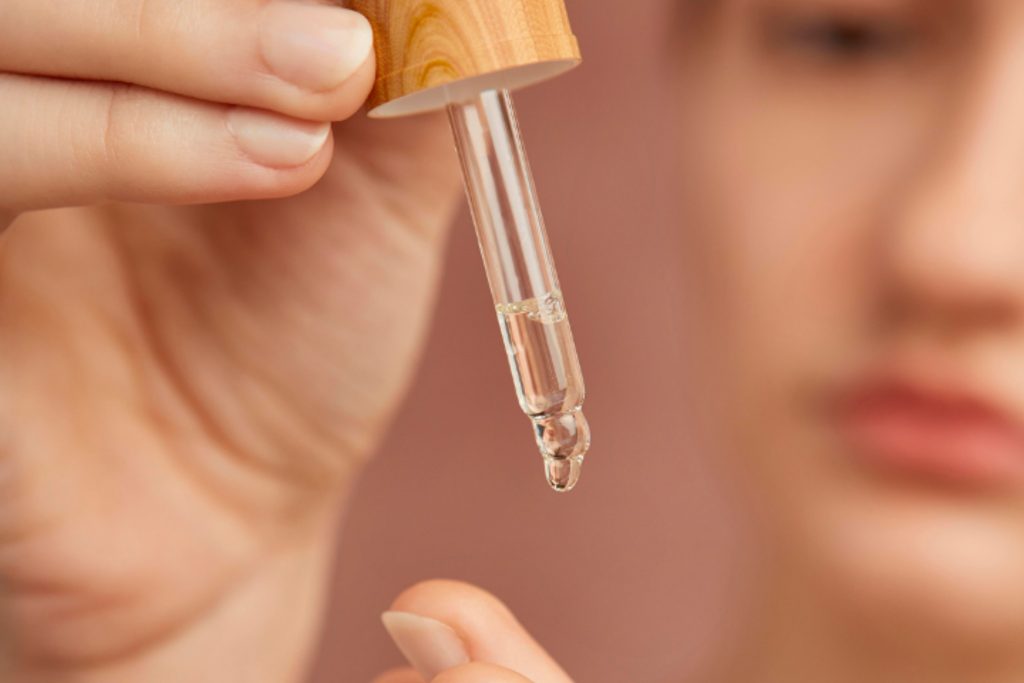The Real Science behind These Concentrated Skincare Formulas
In today’s beauty aisles, serums often come in sleek bottles, promising dramatic results with just a few drops. But a sceptical question persists: Are serums anything more than overpriced water? To answer this, we need to examine what a serum is, how it’s different from other skincare products, and whether those claims hold up under scientific scrutiny.
What makes a serum a “Serum”?
A serum is not simply a diluted cream or a fancy toner. It’s a concentrated delivery system formulated to deposit active ingredients into the deeper layers of the skin. The water-like consistency is intentional—it allows active molecules (like antioxidants, acids, or peptides) to penetrate effectively without being trapped by thicker emollients.
Serums are designed with low molecular weight ingredients to target concerns like:
- Uneven skin tone
- Acne marks
- Early signs of aging
- Dullness or dehydration
They aren’t meant to replace moisturizers but to treat specific conditions more directly.
How to Tell If a Serum is Worth It
Serums can vary dramatically in effectiveness. Some may look and feel similar but differ in ingredient quality, concentration, and stability. A credible serum typically offers:
- Named actives (e.g., Ethyl Ascorbic Acid rather than just “Vitamin C”)
- Dermatological logic in its formulation—synergistic ingredients with a reason to coexist
- Transparent claims, backed by either clinical studies or well-understood scientific behaviour of the ingredients
For instance, a formulation using 20% Ethyl Ascorbic Acid (a stable form of Vitamin C) with Ferulic Acid and Hyaluronic Acid isn’t just hydrating—it also delivers antioxidant protection and promotes collagen synthesis.
But Is It All Just Marketing?
Scepticism isn’t unfounded. Many brands exaggerate benefits or offer “active-inspired” formulas with actives too diluted to do anything meaningful. This has led to the belief that all serums are marketing gimmicks. However, when correctly formulated and used consistently, serums can absolutely transform skin over time—especially when paired with essentials like sunscreen and moisturizers.
The key is to choose formulations built on efficacy, not hype.
A Practical Look: How This Applies to Real Products
To understand how well this theory plays out, take a look at Indian formulations developed under dermatological oversight—like those from Aveil.
Rather than stuffing every trending active into a bottle, Aveil’s approach focuses on single-goal serums. That means:
- Aveil C-NU Vitamin C Serum
- 20% Ethyl Ascorbic Acid for brightening and collagen support
- Ferulic Acid to boost antioxidant stability
- Sodium Hyaluronate and Lactic Acid to hydrate and gently exfoliate
- Aveil Exfol-A Serum
- Retinoid + Mandelic Acid + Gluconolactone
- Designed to refine texture and improve cell turnover without excessive irritation
- Aveil Eyelift Bright Eyes Serum
- Caffeine and Peptides to reduce puffiness and fine lines
- Hyaluronic Acid and Allantoin to hydrate and soothe
- Ceramides to reinforce the delicate under-eye barrier
These formulations reflect a design philosophy that prioritizes clinical logic, ingredient synergy, and wear ability—especially for sensitive or Indian skin types.
Are Serums Worth It?
Yes—when thoughtfully formulated and consistently used. Serums are far more than just “expensive water” when their design serves a clear purpose, their ingredients are backed by science, and they are integrated into a balanced skincare routine.
If you’re new to serums, look for brands that keep the science visible but approachable. Aveil, for instance, makes clinical-grade formulations available without overwhelming jargon, with clear ingredient breakdowns and routines adapted for Indian climates and concerns.
Start with what your skin actually needs, not what’s trending—and remember that consistency, not price, is often the real differentiator.
Explore more at aveil.in

